|
|
|
|
|
|
|
|
|
Award Number and Duration |
|
|
|
NSF IIS 2205418 (University of Utah) |
|
|
|
PI and Point of Contact |
|
|
|
Bei Wang (Utah PI) |
|
Tom Preston Fletcher (UVA PI) |
|
|
|
Collaborators |
|
|
|
Jonathan C. Garneau, MD (UVA, Senior Personnel) |
|
|
|
Overview |
|
|
|
Deep learning models are being developed for safety-critical applications, such as health care, autonomous vehicles, and security. Their impressive performance has the potential to make profound impacts on human lives. For example, deep neural networks (DNNs) in medical imaging have been shown to have impressive diagnostic capabilities, often near that of expert radiologists. However, deep learning has not made it into standard clinical care, primarily due to a lack of understanding of why a model works and why it fails. The goal of this project is to develop methods for making machine learning models interpretable and reliable, and thus bridge the trust gap to make machine learning translatable to the clinic. This project achieves this goal through investigation of the mathematical foundations -- specifically the geometry and topology -- of DNNs. Based on these mathematical foundations, this project will develop computational tools that will improve the interpretability and reliability of DNNs. The methods developed in this project will be broadly applicable wherever deep learning is used, including health care, security, computer vision, natural language processing, etc. |
|
|
|
Publications and Manuscripts |
|
|
| Manuscripts | |

|
 Explainable Mapper: Charting LLM Embedding Spaces Using Perturbation-Based Explanation and Verification Agents.
Explainable Mapper: Charting LLM Embedding Spaces Using Perturbation-Based Explanation and Verification Agents.
Xinyuan Yan, Rita Sevastjanova, Sinie van der Ben, Mennatallah El-Assady, Bei Wang. Manuscript, 2025. arXiv:2507.18607 |
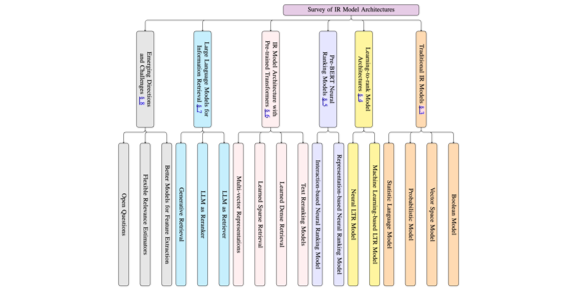
|
 A Survey of Model Architectures in Information Retrieval.
A Survey of Model Architectures in Information Retrieval.
Zhichao Xu, Fengran Mo, Zhiqi Huang, Crystina Zhang, Puxuan Yu, Bei Wang, Jimmy Lin, Vivek Srikumar. Manuscript, 2025. arXiv:2502.14822 |
| Year 3 (2024 - 2025) | |

|
 Structural Uncertainty Visualization of Morse Complexes for Time-Varying Data Prediction.
Structural Uncertainty Visualization of Morse Complexes for Time-Varying Data Prediction.
Weiran Lyu, Saumya Gupta, Chao Chen, Bei Wang. IEEE Workshop on Topological Data Analysis and Visualization (TopoInVis) at IEEE VIS, 2025. |
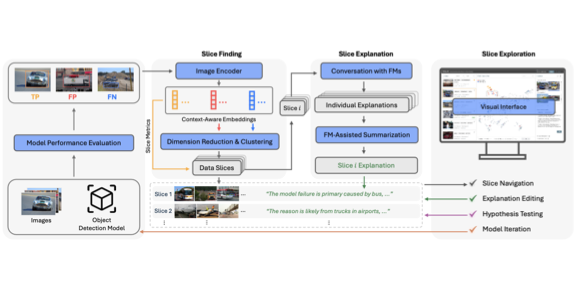
|
 VISLIX: An XAI Framework for Validating Vision Models with Slice Discovery and Analysis.
VISLIX: An XAI Framework for Validating Vision Models with Slice Discovery and Analysis.
Xinyuan Yan, Xiwei Xuan, Jorge Piazentin Ono, Jiajing Guo, Vikram Mohanty, Shekar Arvind Kumar, Liang Gou, Bei Wang, Liu Ren. Eurographics Conference on Visualization (EuroVis), 2025. Supplement. Supplement Video. DOI:10.1111/cgf.70125 arXiv:2505.03132. |
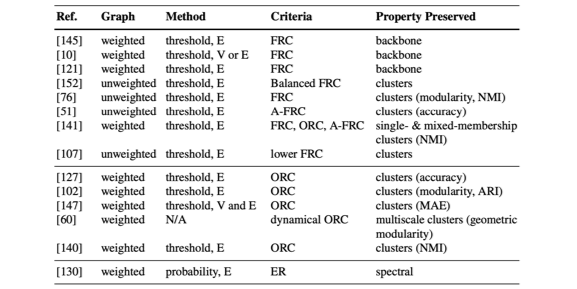
|
 Finding the Cores of Higher Graphs Using Geometric and Topological Means: A Survey.
Inés García-Redondo, Claudia Landi, Sarah Percival, Anda Skeja, Bei Wang, Ling Zhou.
Finding the Cores of Higher Graphs Using Geometric and Topological Means: A Survey.
Inés García-Redondo, Claudia Landi, Sarah Percival, Anda Skeja, Bei Wang, Ling Zhou.
Research in Computational Topology 3, Association for Women in Mathematics Series, Springer, Cham, accepted, 2025. |

|
 State Space Models are Strong Text Rerankers.
State Space Models are Strong Text Rerankers.
Zhichao Xu, Jinghua Yan, Ashim Gupta, Vivek Srikumar. Proceedings of the 10th Workshop on Representation Learning for NLP (RepL4NLP 2025), 2025. DOI:10.18653/v1/2025.repl4nlp-1.12 arXiv:2412.14354 |
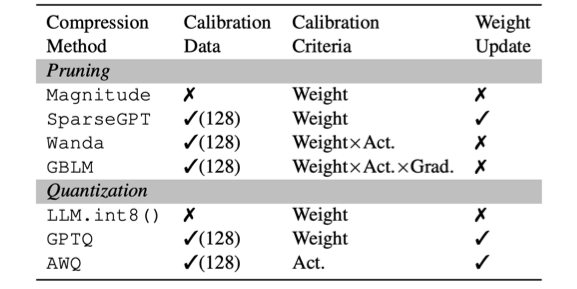
|
 Beyond Perplexity: Multi-dimensional Safety Evaluation of LLM Compression.
Beyond Perplexity: Multi-dimensional Safety Evaluation of LLM Compression.
Zhichao Xu, Ashim Gupta, Tao Li, Oliver Bentham and Vivek Srikumar. Findings of Empirical Methods in Natural Language Processing (EMNLP), 2024. DOI:10.18653/v1/2024.findings-emnlp.901 arXiv:2407.04965 |
| Year 2 (2023 - 2024) | |
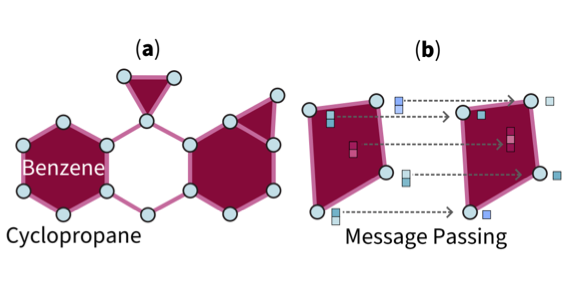
|
 Position: Topological Deep Learning is the New Frontier for Relational Learning.
Position: Topological Deep Learning is the New Frontier for Relational Learning.
Theodore Papamarkou, Tolga Birdal, Michael Bronstein, Gunnar Carlsson, Justin Curry, Yue Gao, Mustafa Hajij, Roland Kwitt, Pietro Lio, Paolo Di Lorenzo, Vasileios Maroulas, Nina Miolane, Farzana Nasrin, Karthikeyan Natesan Ramamurthy, Bastian Rieck, Simone Scardapane, Michael T. Schaub, Petar Velickovic, Bei Wang, Yusu Wang, Guo-Wei Wei, Ghada Zamzmi. Proceedings of the 41st International Conference on Machine Learning (ICML), 2024. PMLR online arXiv:2402.08871 |
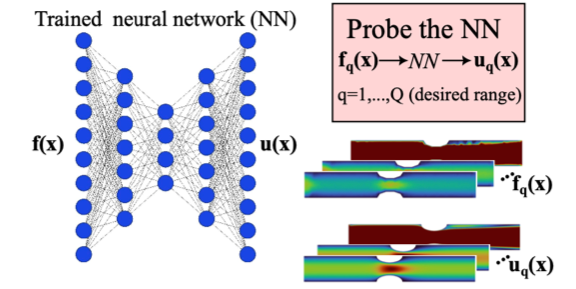
|
 Interpreting and generalizing deep learning in physics-based problems with functional linear models.
Interpreting and generalizing deep learning in physics-based problems with functional linear models.
Amirhossein Arzani, Lingxiao Yuan, Pania Newell, Bei Wang. Engineering with Computers, 2024. arXiv:2307.04569 DOI:10.1007/s00366-024-01987-z |
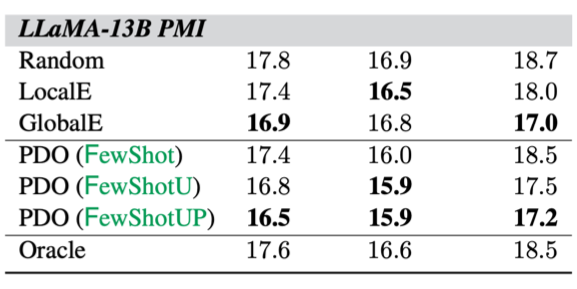
|
 In-Context Example Ordering Guided by Label Distributions.
In-Context Example Ordering Guided by Label Distributions.
Zhichao Xu, Daniel Cohen, Bei Wang, Vivek Srikumar. Findings of the Association for Computational Linguistics (NAACL), 2024. arXiv:2402.11447. |
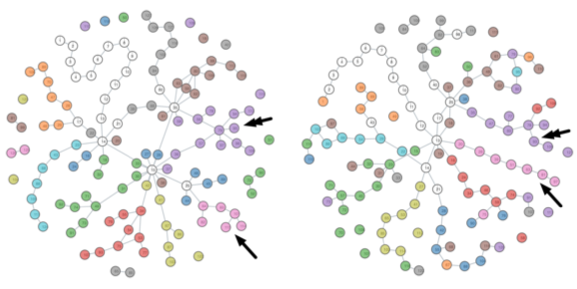
|
 Comparing Mapper Graphs of Artificial Neuron Activations.
Comparing Mapper Graphs of Artificial Neuron Activations.Youjia Zhou, Helen Jenne, Davis Brown, Madelyn Shapiro, Brett Jefferson, Cliff Joslyn, Gregory Henselman-Petrusek, Brenda Praggastis, Emilie Purvine, Bei Wang. IEEE Workshop on Topological Data Analysis and Visualization (TopoInVis) at IEEE VIS, pages 41-50, 2023. DOI:10.1109/TopoInVis60193.2023.00011 |
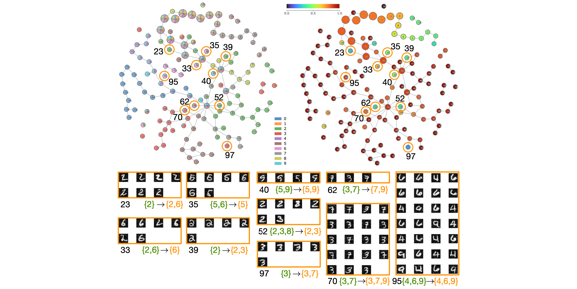
|
 Visualizing and Analyzing the Topology of Neuron Activations in Deep Adversarial Training.
Visualizing and Analyzing the Topology of Neuron Activations in Deep Adversarial Training.
Youjia Zhou, Yi Zhou, Jie Ding, Bei Wang. Topology, Algebra, and Geometry in Machine Learning (TAGML) Workshop at ICML, 2023. OpenReview:Q692Q3dPMe. |
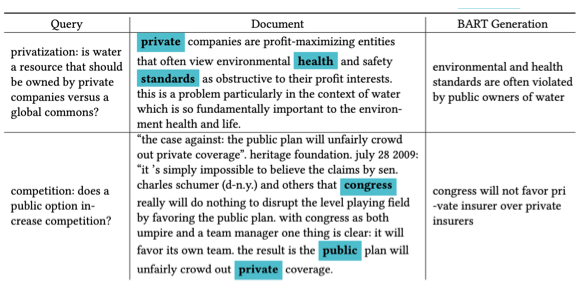
|
 A Lightweight Constrained Generation Alternative for Query focused Summarization.
A Lightweight Constrained Generation Alternative for Query focused Summarization.
Zhichao Xu, Daniel Cohen. Proceedings of the 46th International ACM SIGIR Conference on Research and Development in Information Retrieval (SIGIR), 2023. arXiv:2304.11721 DOI: 10.1145/3539618.3591936 |
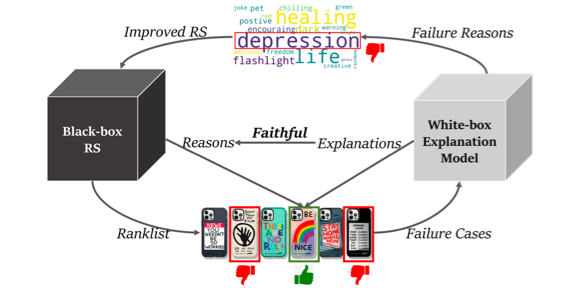
|
 A Reusable Model-agnostic Framework for Faithfully Explainable Recommendation and System Scrutability.
A Reusable Model-agnostic Framework for Faithfully Explainable Recommendation and System Scrutability.
Zhichao Xu, Hansi Zeng, Jintao Tan, Zuohui Fu, Yongfeng Zhang and Qingyao Ai. ACM Transactions on Information Systems (TOIS), 42(1), Pages 1 - 29, 2023. DOI: 10.1145/3605357 |

|
 Measuring Feature Dependency of Neural Networks by Collapsing Feature Dimensions in the Data Manifold.
Measuring Feature Dependency of Neural Networks by Collapsing Feature Dimensions in the Data Manifold.
Yinzhu Jin, Matthew B. Dwyer, P. Thomas Fletcher. International Symposium in Biomedical Imaging (ISBI), 2024. arXiv:2404.12341. |
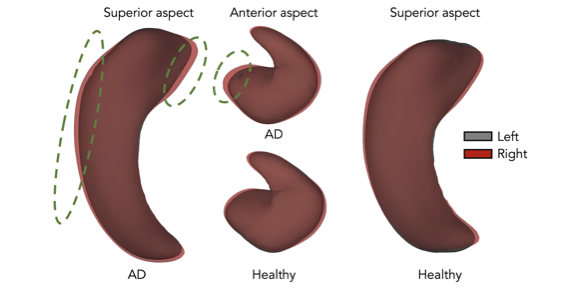
|
 Quantifying Hippocampal Shape Asymmetry in Alzheimer’s Disease Using Optimal Shape Correspondences.
Quantifying Hippocampal Shape Asymmetry in Alzheimer’s Disease Using Optimal Shape Correspondences.
Shen Zhu, Ifrah Zawar, Jaideep Kapur, P Thomas Fletcher. International Symposium in Biomedical Imaging (ISBI), 2024. arXiv:2312.01043. |
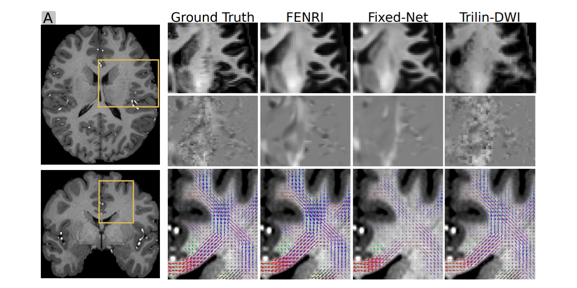
|
 Learning spatially-continuous fiber orientation functions.
Learning spatially-continuous fiber orientation functions.
Tyler Spears, P Thomas Fletcher. International Symposium in Biomedical Imaging (ISBI), 2024. arXiv:2312.05721. |
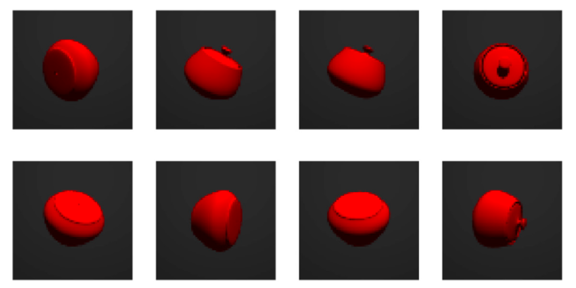
|
 Implications of data topology for deep generative models.
Implications of data topology for deep generative models.
Yinzhu Jin, Rory McDaniel, N Joseph Tatro, Michael J Catanzaro, Abraham D Smith, Paul Bendich, Matthew B Dwyer, P Thomas Fletcher. Frontiers in Computer Science, vol 6, 2024. Download online |
| Year 1 (2022 - 2023) | |
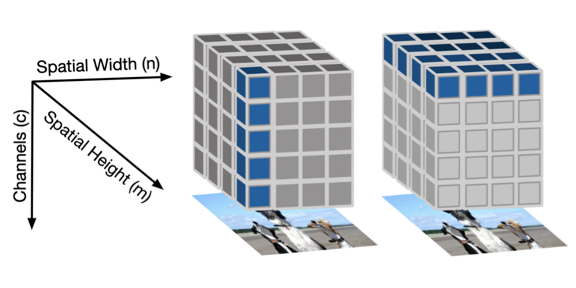
|
 Experimental Observations of the Topology of Convolutional Neural Network Activations.
Experimental Observations of the Topology of Convolutional Neural Network Activations.Emilie Purvine, Davis Brown, Brett Jefferson, Cliff Joslyn, Brenda Praggastis, Archit Rathore, Madelyn Shapiro, Bei Wang, Youjia Zhou. Proceedings of the 37th AAAI Conference on Artificial Intelligence (AAAI), 2023. DOI: 10.1609/aaai.v37i8.26134 arXiv:2212.00222 |
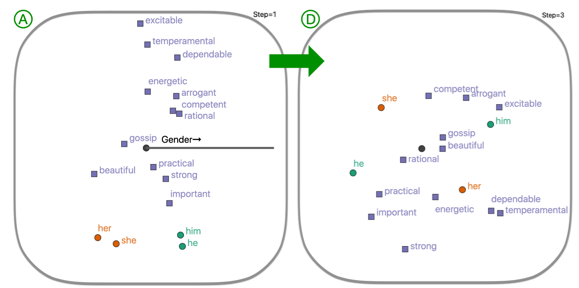
|
 VERB: Visualizing and Interpreting Bias Mitigation Techniques for Word Representations.
VERB: Visualizing and Interpreting Bias Mitigation Techniques for Word Representations.
Archit Rathore, Sunipa Dev, Jeff M. Phillips, Vivek Srikumar, Yan Zheng, Chin-Chia Michael Yeh, Junpeng Wang, Wei Zhang, Bei Wang. ACM Transactions on Interactive Intelligent Systems, 2023. DOI: 10.1145/3604433 arXiv:2104.02797. |
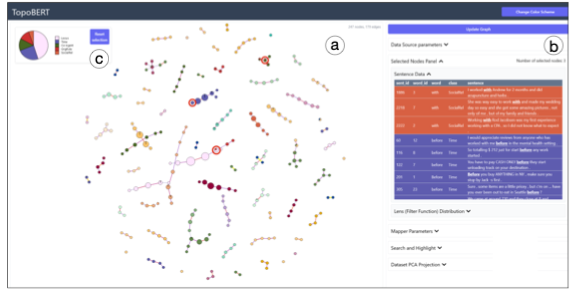
|
 TopoBERT: Exploring the Topology of Fine-Tuned Word Representations.
TopoBERT: Exploring the Topology of Fine-Tuned Word Representations.
Archit Rathore, Yichu Zhou, Vivek Srikumar, Bei Wang. Information Visualization, 22(3), pages 186-208, 2023. DOI: 10.1177/14738716231168671 |
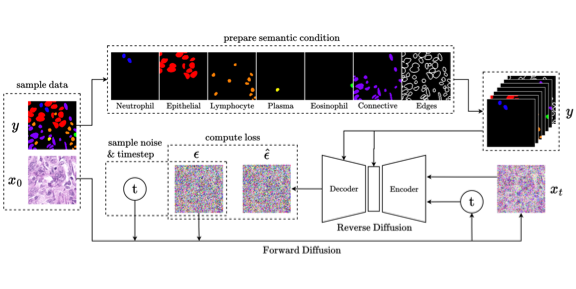
|
 NASDM: Nuclei-Aware Semantic Histopathology Image Generation Using Diffusion Models.
NASDM: Nuclei-Aware Semantic Histopathology Image Generation Using Diffusion Models.Aman Shrivastava and P. Thomas Fletcher. International Conference on Medical Image Computing and Computer-Assisted Intervention (MICCAI), to appear, 2023. arXiv:2303.11477 |
|
|
|
Presentations, Educational Development and Broader Impacts |
|
|
| Year 3 (2024 - 2025) |
|
| Year 2 (2023 - 2024) |
|
| Year 1 (2022 - 2023) |
|
|
|
|
Students |
|
|
|
Aman Shrivistava (CS PhD), University of Virginia. Yinzhu Jin (CS PhD), University of Virginia. Zhichao Xu (CS PhD), University of Utah. Dhruv Meduri (CS PhD), University of Utah. |
|
|
|
Acknowledgement |
|
|
|
This material is based upon work supported or partially supported by the National Science Foundation. |
|
|